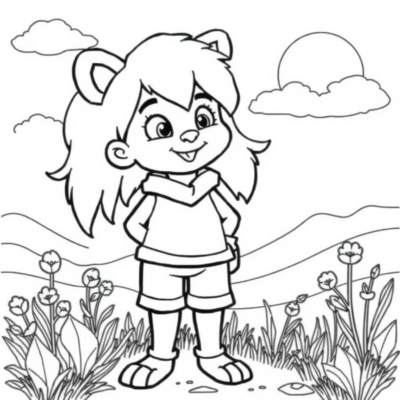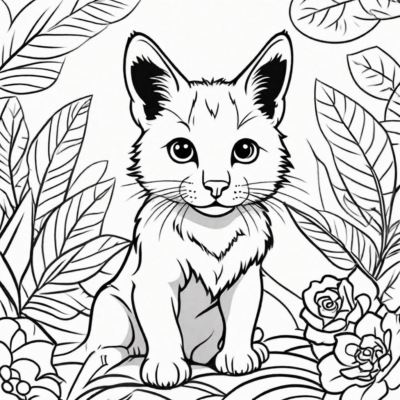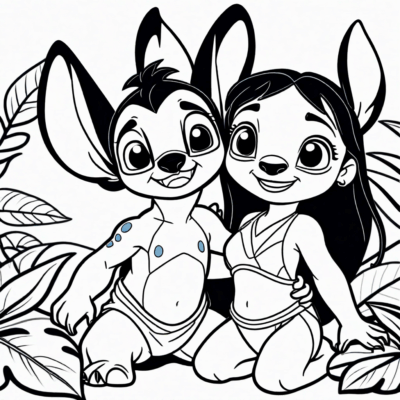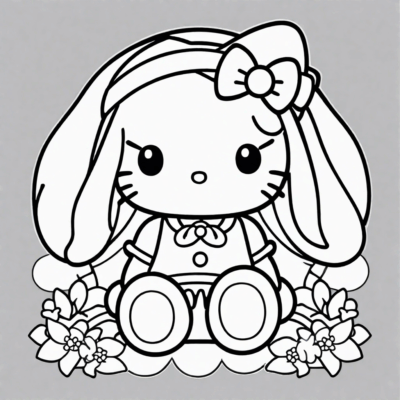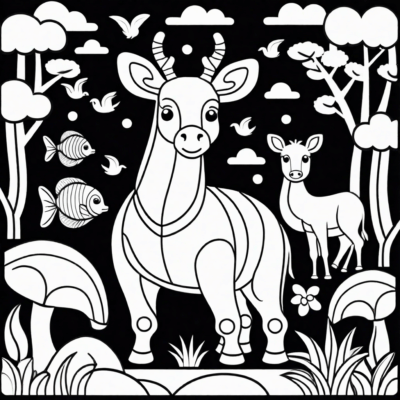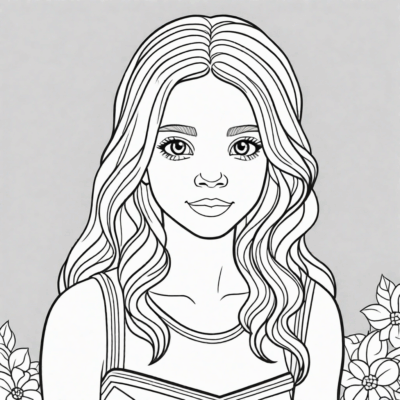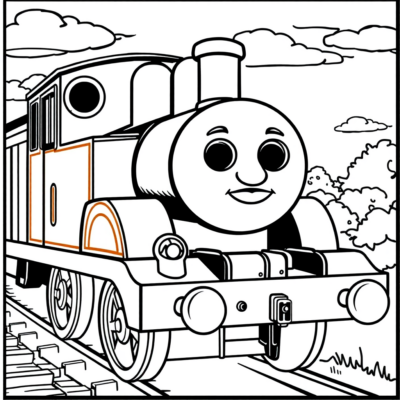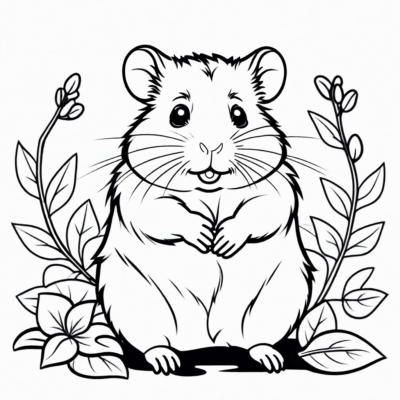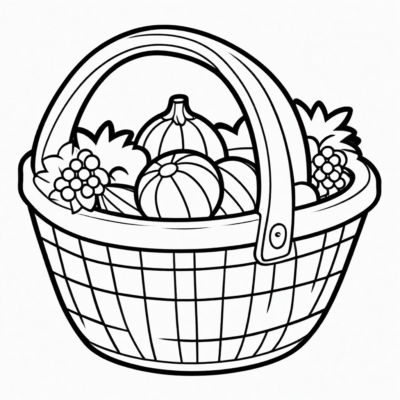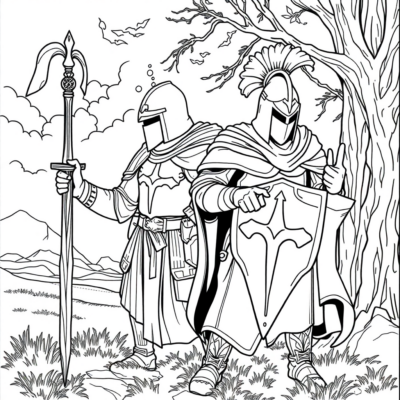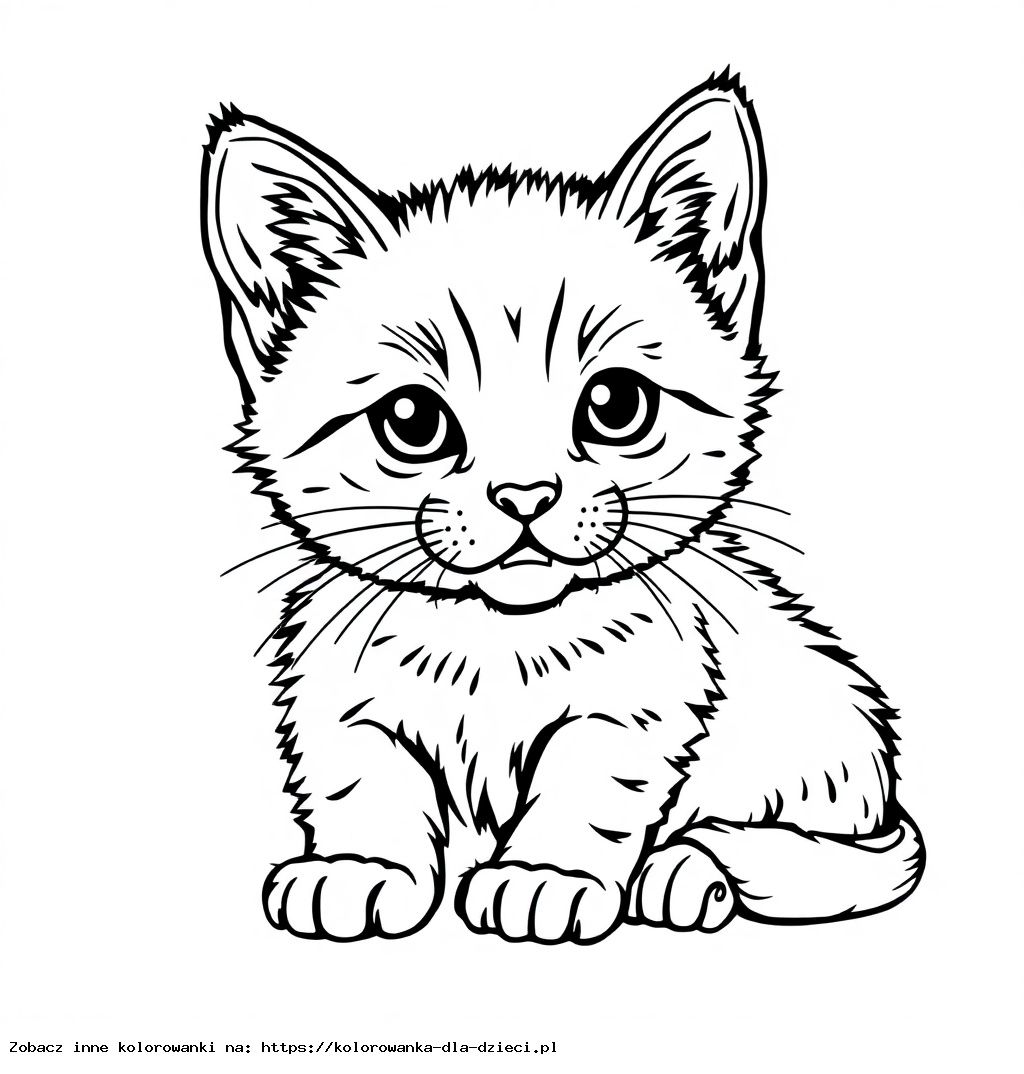
Coloring Books for Kids
Coloring books for kids are much more than just a form of entertainment. They are an important tool supporting the development of the youngest — stimulating imagination, exercising manual dexterity, and teaching concentration. With a vast variety of available themes — from cartoon characters to educational patterns — it’s easy to find something that will interest every child.
Why is coloring more than just fun?
Although coloring may seem like a simple activity, in reality, it is a complex process supporting a child’s development. While coloring, the little one not only chooses colors and practices precision but also experiments with various styles and techniques. All this contributes to the development of:
- artistic skills — the child learns to combine colors, navigate space, and compose,
- cognitive skills — recognizing shapes, symbols, and patterns,
- emotional competencies — expressing emotions through colors and shapes,
- personality traits — patience, concentration, and perseverance.
Regular coloring can therefore positively influence a child’s functioning in school and everyday life.
The role of coloring books in daily play and education
In everyday life, coloring books can be much more than just a moment of respite for parents. They are a tool that combines pleasure with learning. With a vast variety of designs — from animals, through vehicles, to favorite cartoon characters — children develop their imagination and artistic skills in a way that truly engages them.
Practical application example:
- Coloring a world map, the child not only practices fine motor skills,
- learns about continents, flags, and diverse cultures,
- by experimenting with colors, they learn to express themselves with confidence,
- and cultivate a curiosity about the world that can stay with them for a lifetime.
Why is it worth using coloring books?
Coloring books are much more than just fun. They are an effective tool supporting a child’s development on many levels. Above all, they help practice fine motor skills — the precise movements of the hand and fingers that are essential in learning to write, buttoning shirts, or tying shoelaces.
But that’s just the beginning. Coloring supports cognitive development — children learn to recognize colors, shapes, and patterns. It is an excellent example of learning through play. Additionally, coloring has a calming effect on emotions. In moments of tension, it becomes a safe haven that helps to relax and better cope with stress.
By choosing educational coloring books — with letters, numbers, or road signs — we combine learning with play in a natural and enjoyable way. No pressure, no grades, just smiles and curiosity about the world.
Development of children’s creativity and imagination
Coloring is a feast for the imagination. The child can experiment with colors, create their own versions of familiar characters, or invent completely new worlds. This creative freedom:
- develops creativity,
- strengthens a sense of agency,
- builds self-confidence.
That’s not all. Coloring also teaches patience, accuracy, and focus — skills that come in handy not only at school but also in everyday life: from doing homework, building with blocks, to helping in the kitchen.
Check out other coloring books for kids.
Print another coloring page: Bunny Coloring Page for Print